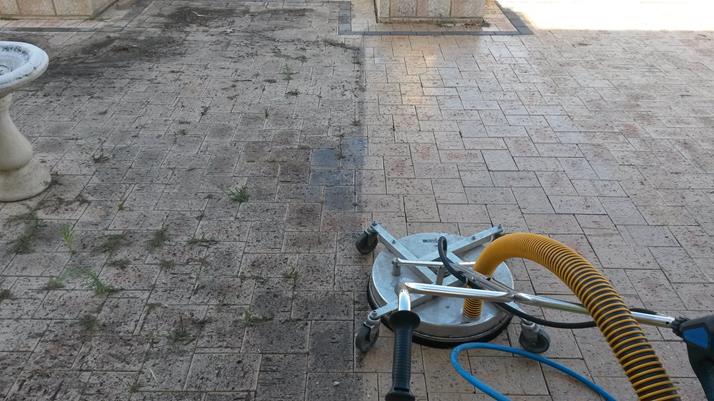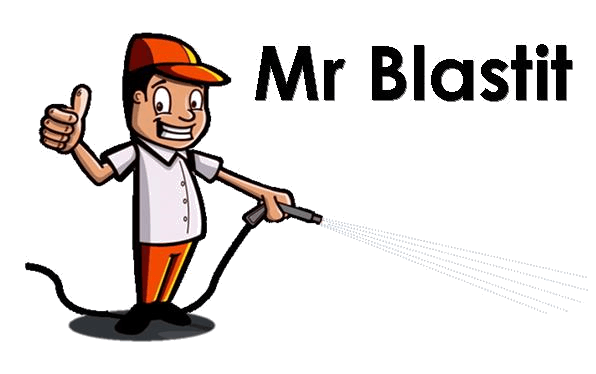What is Vacuum Recovery Pressure Cleaning?
Vacuum Recovery Pressure Cleaning is a cleaning process that collects wastes materials as they are being produced. Equipment includes a modified floor cleaner coupled to an industrial vacuum cleaner. Waste water can then be reused or pumped to a suitable discharge location. This method of high pressure cleaning has a number of advantages compared with traditional methods.
Pressure Cleaning with Less Mess
The most obvious benefit is that there is significantly less mess. Normal pressure cleaning processes create a whole lot of really dirty water. Where this dirty water goes depends on the slope of the surface being cleaned, the skill of the operator and ultimately the amount of drainage available to soak up all that waste.
In most residential situations the drainage available is not sufficient to deal with the quantity of water that needs to be removed. The exceptions are when very good stormwater systems have been installed with large spoon drains located at pavement low points. Even then do you really want all that dirt going into your soakwells and causing you problems down the track? Sloping the whole backyard towards the pool is another cheap drainage solution that we commonly see. Guess where all the dirt goes when you attempt to do any pressure cleaning in that backyard? In these situations vacuum recovery pressure cleaning is the only viable option.
Better Pressure Cleaning Results
Blasting dirt off a surface doesn’t change the fact that it is dirt. Most pressure cleaning contractors shift the dirt by washing it away with a medium pressure wash after they have cleaned it, at high pressure, with the floor cleaner. The effectiveness of this method depends on a number of factors. Commonly these include the type of cleaning surface; the amount of drainage available; the size of the area cleaned between washdowns; and the skill of the operator. A vacuum recovery pressure cleaning system sucks up the dirt as soon it comes loose so it won’t end up anywhere you don’t want it.
Another reason a floor cleaner works better with vacuum recovery has to do with the speed of the rotor arm. Floor cleaners have two or more pressure nozzles attached to the ends of a rotating arm. Angling the nozzles slightly from perpendicular provides the propulsion to spin the rotor arm. Anything that gets in the way of the rotor arm slows the rate at which the nozzles are moving. Slow nozzle speeds cause uneven cleaning and can cause streaks and/or swirls. A vacuum pressure cleaning system constantly removes waste liquid. As a result the rotor arm spins in air. Without a vacuum the underside of the floor cleaner can flood and the rotor is trying to spin in water, which slows it down.
In addition, the nozzles have to squirt through a layer of dirty water before impacting the floor. This removes energy from the water jet and reduces the cleaning pressure at the cleaning surface.
Environmentally Friendly Pressure Cleaning
Early collection of cleaning wastes provides an opportunity for controlled waste management. When waste does not contain any harmful chemicals or contaminants it can safely be discharged into a convenient spot in the garden. Mr Blastit uses only environmentally responsible cleaning chemicals and therefore this is usually the best way to dispose of cleaning wastes. in instances where hazardous materials are present these can be pumped into holding vessels for collection by professional waste disposal contractors. Vacuum recovery pressure cleaning is a must for remediation of sites contaminated with oils, chemicals or other hazardous materials. Without vacuum recovery these substances will make their way either into waterways via storm water drains or will simply soak into the dirt, contaminating the soil and, eventually, our groundwater.
